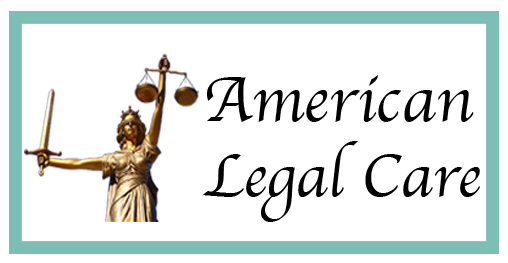Real Estate Litigation Lawyer
Easements are legal rights that allow one party to use another party’s property for a specific purpose. While easements are meant to provide clarity and flexibility in property use, disputes can arise when the rights and obligations of the parties involved are not clearly defined or when changes in circumstances lead to conflicts.
As an experienced real estate litigation lawyer – including those who practice at Eric Siegel Law – can confirm, easement disputes can escalate to litigation for several reasons, often involving issues related to interpretation, alteration, abandonment, and misuse of the easement.
Interpretation and Scope of Easements
One common source of easement disputes leading to litigation is the interpretation of the easement’s terms and scope. Easements are typically established through legal agreements or by law, but the language used to describe the easement’s purpose, limitations, and duration can sometimes be ambiguous. This ambiguity can lead to differing interpretations between the parties involved, resulting in disagreements over how the easement should be utilized.
For example, if an easement grants a right of way for the purpose of “access,” the parties may disagree on whether this access allows for pedestrian use only or if it also permits vehicular traffic. Similarly, disputes can arise when the easement’s language does not clearly define the extent of maintenance responsibilities for the property owner granting the easement versus the party benefiting from it.
When parties cannot agree on the interpretation of the easement’s terms, litigation may be necessary to resolve the dispute. Courts will analyze the language used in the easement agreement, historical usage, and the intent of the parties when the easement was established to determine its scope and purpose.
Alteration, Abandonment, and Misuse of Easements
Easement disputes can also stem from changes in circumstances or actions taken by one of the parties that affect the use or enjoyment of the easement. These changes can include:
Alteration of Easement Area: If the property owner with the burden of the easement alters the physical characteristics of the easement area, such as by constructing a fence that obstructs the right of way, the party benefiting from the easement may claim interference and initiate litigation.
Abandonment or Non-Use: Easements can sometimes fall into disuse, where the party benefiting from the easement no longer exercises their rights. This can lead to disputes over whether the easement has been abandoned or whether it remains enforceable. Courts might need to determine whether a pattern of non-use indicates the intent to abandon the easement.
Misuse or Overuse: If the party benefiting from the easement uses it in a manner that goes beyond its intended purpose or causes undue burden on the property owner, conflicts can arise. For instance, if a utility company with an easement for maintenance frequently disrupts the property owner’s enjoyment, it might lead to legal action.
In these cases, litigation can become necessary to settle the dispute and provide clarity on whether the changes or actions taken by one party are within the bounds of the easement rights or whether they constitute a breach of the agreement.
Ultimately, easement disputes that lead to litigation often arise from misunderstandings, changes in circumstances, and differing interpretations of rights and responsibilities. Properly drafted easement agreements, clear communication, and an understanding of property rights can help prevent disputes, but when conflicts do arise, seeking knowledgeable legal guidance might be necessary to ensure a fair and just outcome for all parties involved.
